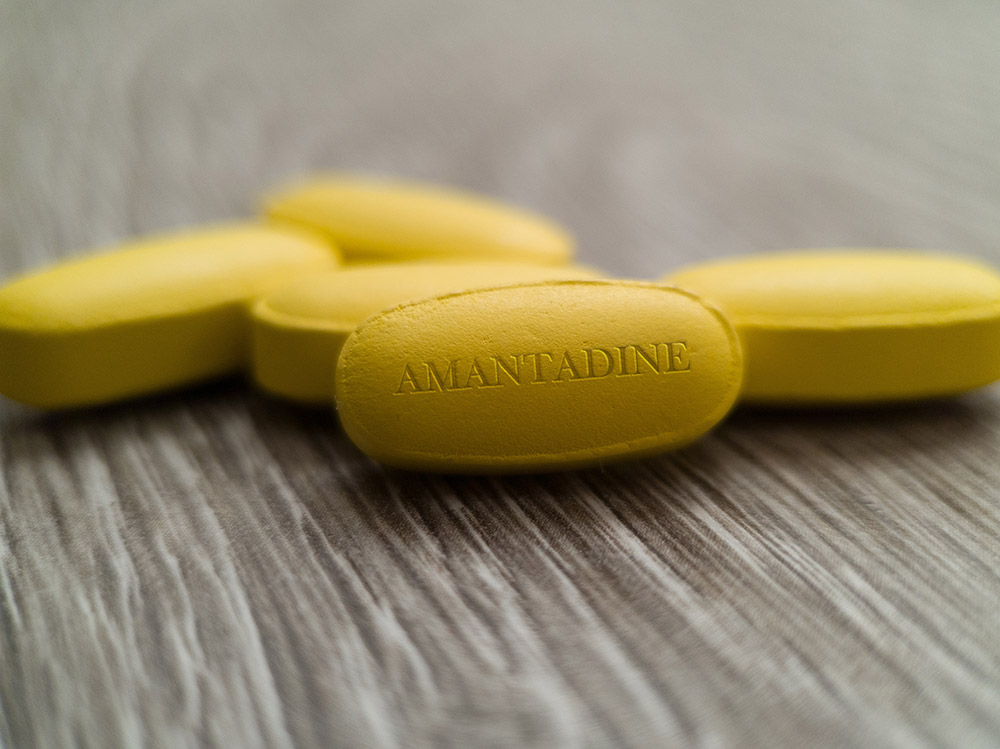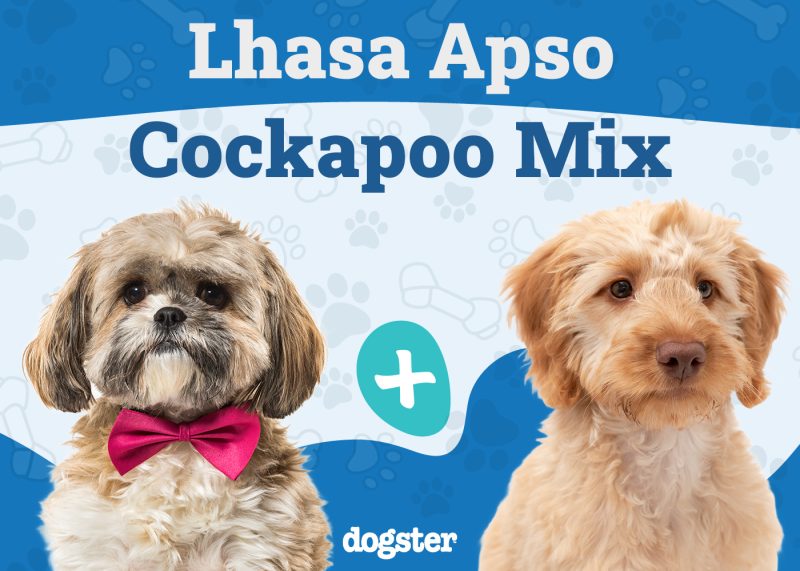In this article
Amantadine (Osmolex ER®, Gocovri®, Lysovir®, ODAN-Amantadine®, PDP-Amantadine®, Edantadine®, Trilasym®) is a medication often used alongside other modalities to reduce chronic pain. In addition to being beneficial against pain, amantadine is an antiviral that can be helpful against Influenza A. Although designed for humans and used as treatment against Parkinsons, extra-label use of this medication has been utilized in dogs, cats, and horses.

What Is Amantadine?
Amantadine is a NMDA antagonist, analgesic, and antiviral. Use in dogs, cats, and horses is considered extra-label and is most often utilized as an adjunct pain reliever. Additionally, it can help combat “wind up” pain, which can be seen in some patients long after a healed injury.
Amantadine is not used as a sole means of pain relief but instead is often combined with other pain medications, including gabapentin, nonsteroidal anti-inflammatories, and opioids. Osteoarthritis and neuropathic pain are chronic conditions that can benefit from the use of amantadine.
Influenza A replication is inhibited by amantadine. The use of amantadine as an antiviral in dogs is infrequent, and it is not used as a first line of defense against the influenza virus.
Amantadine’s dosing ranges and is dependent on what is being treated. Amantadine is given once or twice daily, and it is critical to follow the dosing instructions prescribed by your veterinarian.
How Is Amantadine Given?
This medication is administered orally and is available as either a tablet, capsule, or liquid. Amantadine can be given on an empty stomach or with food.
Before giving any medication to your dog, we recommend you consult a veterinarian for the best advice on which would be the best treatment for your pup.
What Happens if You Miss a Dose?
If a dose is missed, it should be given when it is remembered, and the next dose should be given at the appropriate time depending on the dosing interval. If it is approaching time for the next dose, skip the missed dose and medicate as usual. Do not double the dose to make up for the missed one.
Potential Side Effects of Amantadine
- Vomiting
- Nausea
- Ataxia
- Gas in the intestinal tract
Contraindications and Precautions
Due to renal excretion, this product may need to be reduced in patients with kidney insufficiency. Consideration should be taken before this product is administered to patients with a history of seizures or who receive medications that may lower the seizure threshold.
The use of amantadine should be avoided in pregnant and lactating animals.
Drug Interactions
This medication is excreted through the kidneys; therefore, medication that may alter renal tubular excretion may inadvertently increase the risk of adverse effects due to increased serum levels. Drugs that can cause this include trimethoprim. Additional care should be taken when administering urine acidifiers, CNS stimulants, and anticholinergics.


Frequently Asked Questions
How Quickly Can I See the Positive Effects of Using Amantadine?
It can take 2–3 weeks of medication administration before benefits are noted.
What Are Some of the Common Reasons Amantadine Is Prescribed?
Dogs with chronic pain conditions like osteoarthritis, disc disease, and bone cancer can benefit from amantadine use. Less frequently is amantadine used for its antiviral benefit.
No. Your pet will still be able to mount an immune response to the influenza vaccination if receiving this medication.

In Summary
Amantadine is a human drug but is being used extra-label in some veterinary species, including dogs. The main use of amantadine in dogs is to help combat chronic pain, although it can be used less frequently as an antiviral. Care and monitoring must be done of pets receiving this medication. In the event of an overdose or if adverse effects are noted, the prescribing veterinarian should be contacted.
See Also:
Featured Image Credit: Sonis Photography, Shutterstock




















2 Responses
What is the difference between Amantadine and Librela. My Lab is being treated with Librela for her arthiritis
Hi Mary, thanks for your question. First of all, if your Lab is on Librela and doing well, that’s a great sign. If you notice that the pain persists despite treatment, your vet may consider combining therapies or adjusting the current plan. It’s always helpful to understand the different options available to improve your dog’s quality of life.
Amantadine is an NMDA (N-Methyl-D-Aspartate) antagonist. It's often used off-label by veterinarians to help manage moderate to severe chronic pain in combination with other medications. However, it's not approved by the FDA for use in dogs.
Librela is the brand name for bedinvetmab, a monoclonal antibody therapy that is given as a monthly injection. Librela has been FDA-approved since 2023 and has been shown in studies to be both safe and effective for managing osteoarthritis pain in dogs.
Both medications aim to reduce pain but work in different ways and are administered differently. If you have any concerns about your Lab’s response to Librela or are curious about other options, we recommend discussing them with your veterinarian to find the best solution for your Lab.
Let me know if you’d like more info about either medication. Wishing you both all the best. 🙂